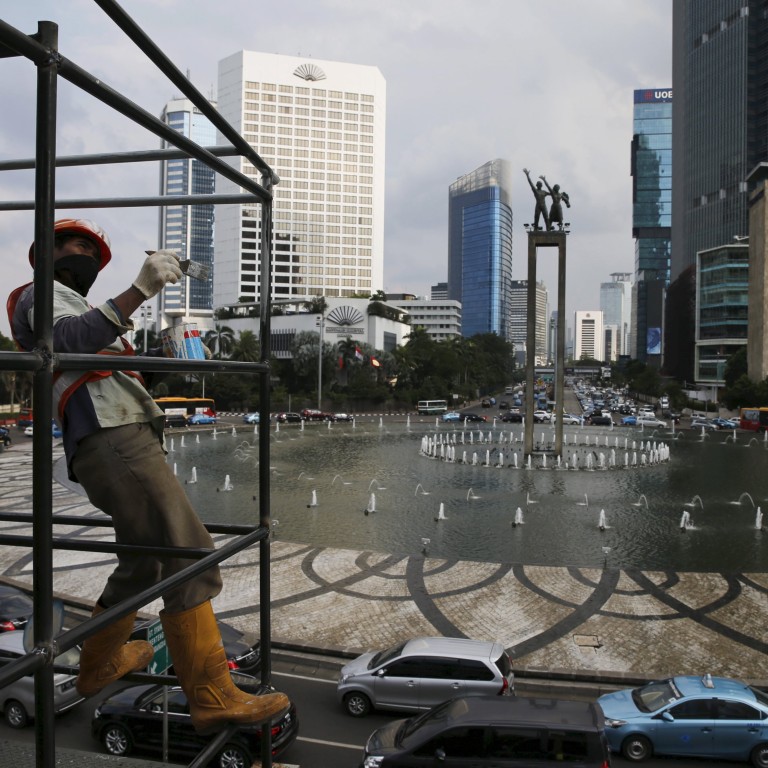
Asean’s new consumer class could change the financial world
Southeast Asia’s economic boom is creating a new middle class, one which will help shift the balance of global demand over the next few decades to open up new opportunities for the region and the world.
Growth in this region – particularly in member economies of the Association of Southeast Asian Nations (Asean) – is changing from being primarily driven by exports and manufacturing to becoming one of the world’s leading consumption hubs.
With about 600 million people, Asean countries contain only around half of India’s population, but collectively they generate a larger GDP – forecast to be growing by 6 per cent a year on average by 2020 and be worth some US$4.7 trillion.
Asia is likely to be home to more than half of the total global middle class population by 2020, with Asean delivering more than US$2 trillion of new consumption, according to the International Monetary Fund.
Half of Asean’s projected population will be aged under 30.
With growing purchasing power comes greater aspiration, driving stronger demand for property, cars, quality education and healthcare as well as financial services and wealth management. And as populations age, new channels will be needed to save for retirement, fund healthcare and ensure adequate insurance protection in the absence of well-established social security systems.
Consumption patterns are likely to be uneven. Consumers in developing economies are likely to continue directing large portions of disposable income towards improving general living standards, whilst those in mature markets will forge ahead in consumption and investments.
For example, discretionary spending by more affluent middle class populations in Singapore, Malaysia and Thailand is far more pronounced in the region. Spending in Indonesia and the Philippines is focused on vehicles, appliances and education services to enhance quality of life. Vietnam meanwhile has the highest rate of credit card ownership, but its emerging middle class is only starting to develop an appetite for luxury goods.
Financial wealth in Asean is set to grow even faster than that in mainland China over the next five years. That in turn is likely to drive huge developments in financial markets, wealth and asset management. And it is has the potential to dramatically reshape savings and investment choices.
Asean has one of the highest saving rates in the world at around 30 per cent and international reserves amounting to US$800 billion.
For now financial assets remain heavily concentrated in cash and in some markets, concentrated on single assets such as stocks.
Evidence elsewhere in the world suggests wealth creation changes investment behaviour. That implies Asean savers are on course to become builders of diversified portfolios of assets that are invested far beyond their home markets.
Regional financial integration and market liberalisation, such as that unfolding in mainland China, will allow for more efficient diversification. The development of financial systems will also provide easier access to financing.
In a future where wealth growth, protection and financing retirement, education and lifestyle needs become priority goals for Asean consumers, the financial industry must respond to that change.
It is easy to be impressed by the potential of the world’s next biggest consumers, but difficult to ignore the challenges that make this consumption story vulnerable.
Asean members need to improve their infrastructure, stabilise their labour market and narrow the income gap to spread the wealth and to ensure that the benefits of regional integration are fully realised and widely shared across societies.
Greater transparency in the financial markets and regulation to facilitate investment flows and connect consumers to broader international investment opportunities will be needed to build a more mature and integrated financial services industry.
Failure to respond to these changes – and indeed to actively participate in driving them – could see the banking industry miss one of the greatest wealth management opportunities to emerge this decade as growth transforms one of the most overlooked investment regions in the world to one of the most important.
Kevin Martin is Head of Retail Banking and Wealth Management Asia-Pacific, HSBC
